Science
Zinc Oxide, Hydroxide Nanoparticles Utilized in Detecting Drugs
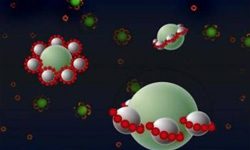
- Read more
- 369 reads
Multi-Walled Carbon Nanotubes Used in Producing DNA Biosensors
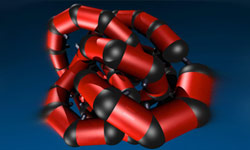
- Read more
- 395 reads
Ultrafast technique unlocks design principles of quantum biology
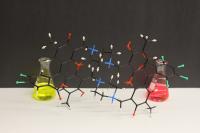
University of Chicago researchers have created a synthetic compound that mimics the complex quantum dynamics observed in photosynthesis. The compound may enable fundamentally new routes to creative solar light harvesting technologies.
- Read more
- 453 reads
Revolutionary new device joins world of smart electronics: Unique properties of graphene and graph Exeter combine to create a new flexible, transparent, photosensitive device
At just a few atoms thick, the newly developed photoelectric device is ultra-lightweight. This, along with the flexibility of its constituent graphene materials, makes it perfect for incorporating into clothing. Such devices could be used to develop photovoltaic textiles enabling clothes to act as solar panels and charge mobile phones while they are being worn.
- Read more
- 307 reads
Special deal on photon-to-electron conversion: Two for one! New technique developed at MIT could enable a major boost in solar-cell efficiency

- Read more
- 343 reads
SN 1006: X-Ray View of A Thousand-Year-Old Cosmic Tapestry

.A new Chandra image of SN 1006 provides new details about
the remains of an exploded star.
.This explosion was witnessed from Earth over a millennium
ago.
.The Chandra data provides the best map to date of the
debris field including information on important elements
expanding into space.
.SN 1006 belongs to a class of supernova used to measure
the expansion of the Universe.
- Read more
- 317 reads
Star factory in the early Universe challenges galaxy evolution theory

Starburst galaxy
- Read more
- 360 reads
Fluorescence Technique Measures Photoacid Distribution in Photoresists with Nanoscale Resolution
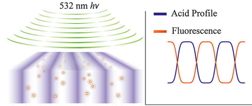
Schematic showing fluorescence from UV-activated fluorophores excited by 532 nm light that reveals nanoscale photoacid distribution (left). Activated fluorophore concentration corresponds to the inverse of the original photoacid distribution (right).
- Read more
- 383 reads
A new twist for quantum systems
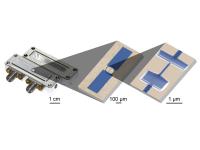
Macroscopic quantum objects: A microwave resonator measuring 32 mm x 15 mm x 5 mm (left) contains superconducting circuits (center and right) that display similar quantum behavior as atoms.
- Read more
- 389 reads
Human Rights
Fostering a More Humane World: The 28th Eurasian Economic Summi

Conscience, Hope, and Action: Keys to Global Peace and Sustainability

Ringing FOWPAL’s Peace Bell for the World:Nobel Peace Prize Laureates’ Visions and Actions

Protecting the World’s Cultural Diversity for a Sustainable Future

Puppet Show I International Friendship Day 2020


